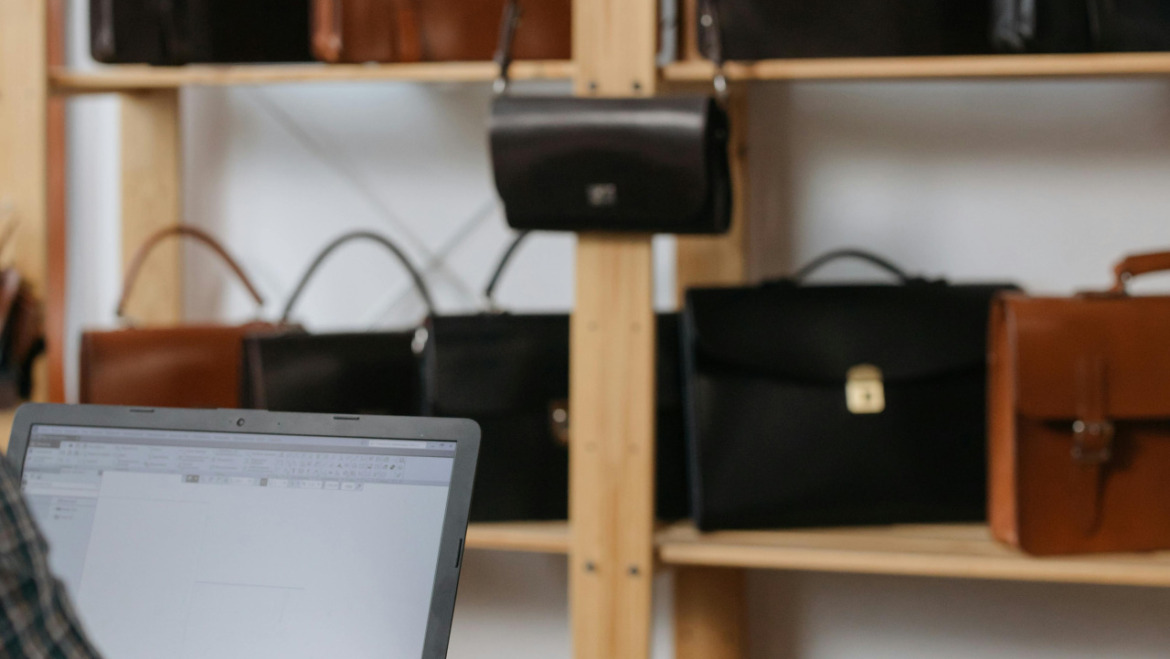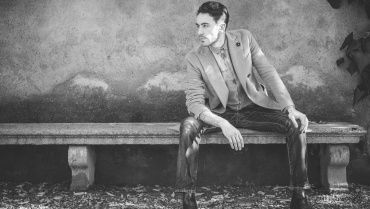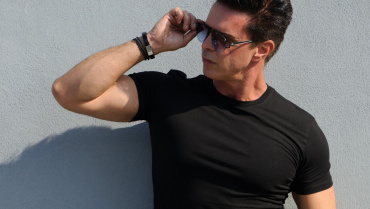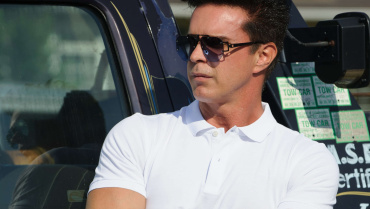Style, and the Changing Definition of Masculinity
In the ever-evolving world of fashion, one accessory that has undergone a profound transformation in recent years is the men’s bag. Once considered a purely functional item—designed only to carry essential items—today, the modern man’s bag has become a symbol of individuality, status, and personal style. Whether it’s a sleek leather briefcase for a business meeting or a rugged backpack for a weekend adventure, the right bag can make a powerful statement.
But what exactly is it about men’s bags that has led to this cultural shift? The story of men’s bags is not just about materials, designs, or functionality; it’s about the changing role of men in society, the evolving nature of masculinity, and how fashion can be both personal and political.
The Historical Context of Men’s Bags: Function First, Fashion Later
Historically, bags were considered a luxury item for women, with men’s accessories largely limited to belts, wallets, and watches. Bags for men, when they did exist, were practical tools, often designed with utility in mind rather than aesthetics.
Take the traditional briefcase, for example. In the late 19th and early 20th centuries, the briefcase emerged as a symbol of business professionalism. It was a rigid, leather bag, designed to protect important documents and convey seriousness and authority. Over time, this bag became synonymous with the corporate world and the image of the successful businessman. The same can be said for other types of bags like the leather satchel, which was often used by academics or intellectuals, and the duffel bag, which was linked to athletic or military pursuits.
For much of history, the functionality of a man’s bag outweighed its design. However, as the lines between personal and professional attire began to blur, the concept of “fashion” started to make its way into the conversation.
The Transformation: Men’s Bags as Fashion Statements
In the late 20th century, the fashion world began to experience a cultural shift. What was once a domain almost exclusively reserved for women began to open up to men as well. The rise of designers like Jean-Paul Gaultier and Hedi Slimane at Yves Saint Laurent helped redefine masculine fashion, with an emphasis on sleek, well-tailored clothing. As men’s fashion grew more diverse, so too did the range of accessories available, including bags.
The turning point occurred in the 2000s when major fashion houses such as Louis Vuitton and Gucci introduced bags specifically for men. These bags were no longer limited to simple, utilitarian designs but became integral parts of the overall aesthetic of men’s outfits. From designer duffel bags to stylish backpacks, bags were no longer just about carrying things—they were about self-expression.
Men began embracing bags as a reflection of their personality, social status, and lifestyle. The bag, once a purely functional item, became an accessory that complemented a man’s identity.
The Psychology of Men’s Bags: What Does Your Bag Say About You?
There’s an undeniable connection between a man’s choice of bag and his personality. Whether he’s sporting a classic leather briefcase, a rugged canvas messenger bag, or a sporty backpack, the bag often reveals something deeper about who he is and how he wants to be perceived.
For example, a man who chooses a sleek, black leather briefcase is likely signaling that he values professionalism and sophistication. He may work in a corporate setting or have a high-profile job, and his bag complements his commitment to success and authority. On the other hand, a man with a well-worn canvas backpack or messenger bag might convey an image of someone who values practicality and adventure. He may be a creative professional or someone who enjoys outdoor activities, and his bag is a reflection of his laid-back, casual lifestyle.
Even subtle details—like the brand of the bag or the materials used—can provide insight into a person’s social standing. High-end designer bags like those from Louis Vuitton or Hermes are often associated with wealth and luxury, while sustainable, eco-friendly bags signal a growing trend toward environmental consciousness.
The Role of Social Media in Shaping Men’s Bag Trends
The rise of social media platforms such as Instagram and TikTok has played a crucial role in transforming men’s bags from a niche accessory to a mainstream fashion statement. Influencers, celebrities, and fashion enthusiasts now showcase their bags just as much as their clothing choices. This visual culture has made it easier than ever for men to showcase their personal style through their accessories.
Street style, as seen on Instagram, has also played a role in blurring traditional lines between formal and casual fashion. Men who might once have considered bags a purely professional accessory are now experimenting with different styles, using bags to elevate their everyday outfits. The popularity of brands like Off-White and Supreme—known for their bold, graphic designs—has further cemented the idea that men’s bags can be both functional and edgy.
Through social media, bags have become symbols of status, with limited-edition releases or exclusive collaborations drawing massive attention. The ability to showcase a rare or custom-made bag has turned men’s bags into something of a status symbol, allowing men to express their personal tastes in a public, highly visible way.
Practicality vs. Aesthetics: The Ongoing Debate
One of the ongoing debates in the world of men’s bags is the tension between practicality and aesthetics. For many men, a bag’s primary function is to serve as a practical tool to carry their daily essentials, such as a laptop, wallet, phone, and keys. In these cases, the bag’s design is secondary to its function.
On the other hand, there is a growing segment of men who prioritize aesthetics and design, choosing bags that match their personal style, even if it means sacrificing some level of practicality. Luxury bags, with their sleek lines and premium materials, are often more about making a statement than about functionality.
Some designers have even capitalized on this tension, creating bags that merge both worlds. For example, multi-functional backpacks or hybrid bags, which combine the functionality of a backpack with the sophistication of a briefcase, have become highly popular. These bags allow men to navigate the delicate balance between looking stylish and maintaining practicality in their everyday lives.
The Future of Men’s Bags: Sustainability and Innovation
Looking ahead, one of the most important trends in the world of men’s bags is sustainability. As consumers become more aware of environmental issues, there is an increasing demand for eco-friendly, ethically produced accessories. Leather alternatives, like mushroom leather or recycled fabrics, are emerging as popular materials, as well as more sustainable production methods.
Innovation is also taking place in terms of functionality. Many men’s bags now come equipped with tech-friendly features, such as integrated charging ports or compartments designed specifically for gadgets. This seamless integration of technology into fashion speaks to the needs of the modern man who not only wants to look stylish but also stay connected in a fast-paced world.
Conclusion: The Modern Man and His Bag
The modern man’s bag is much more than just a container for personal items—it’s a reflection of his identity, values, and lifestyle. From the corporate briefcase to the street-smart backpack, bags have become an essential element of masculine fashion, offering a powerful means of self-expression. As society continues to evolve and redefine masculinity, men’s bags will undoubtedly remain a key symbol of individuality and style.
In a world where fashion is increasingly about personal choice and self-expression, the bag has become an emblem of a man’s journey—both literal and metaphorical. It is not just about what a man carries, but how he carries it, and the statement it makes about who he is.











Add Comment